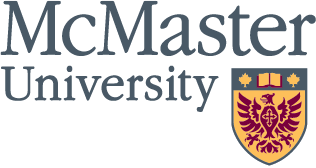September 23, 2002
Posted on Sept. 23: Shopping in the new student centre
Read More
 Share
Share
SHARE WITH YOUR FRIENDS
Pick one or more destinations:
0
0
0
×
September 20, 2002
Posted on Sept. 20: Retirees helped build a proud legacy
Read More
 Share
Share
SHARE WITH YOUR FRIENDS
Pick one or more destinations:
0
0
0
×
September 20, 2002
Posted on Sept. 20: Campaign raises awareness among faculty, staff, retirees
Read More
 Share
Share
SHARE WITH YOUR FRIENDS
Pick one or more destinations:
0
0
0
×
September 19, 2002
Posted on Sept. 19: Cycling co-op opens its doors today
Read More
 Share
Share
SHARE WITH YOUR FRIENDS
Pick one or more destinations:
0
0
0
×
September 19, 2002
Posted on Sept. 19: McMaster celebrates World Car Free Day
Read More
 Share
Share
SHARE WITH YOUR FRIENDS
Pick one or more destinations:
0
0
0
×

